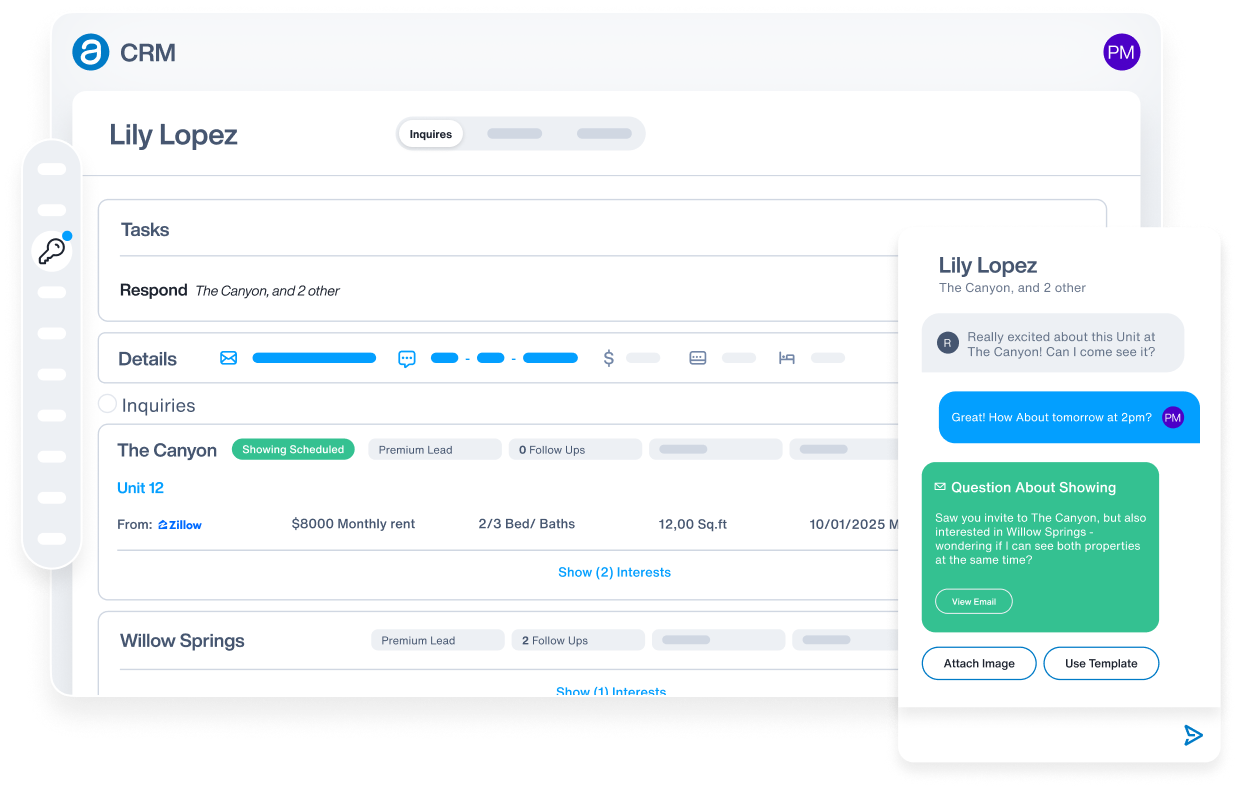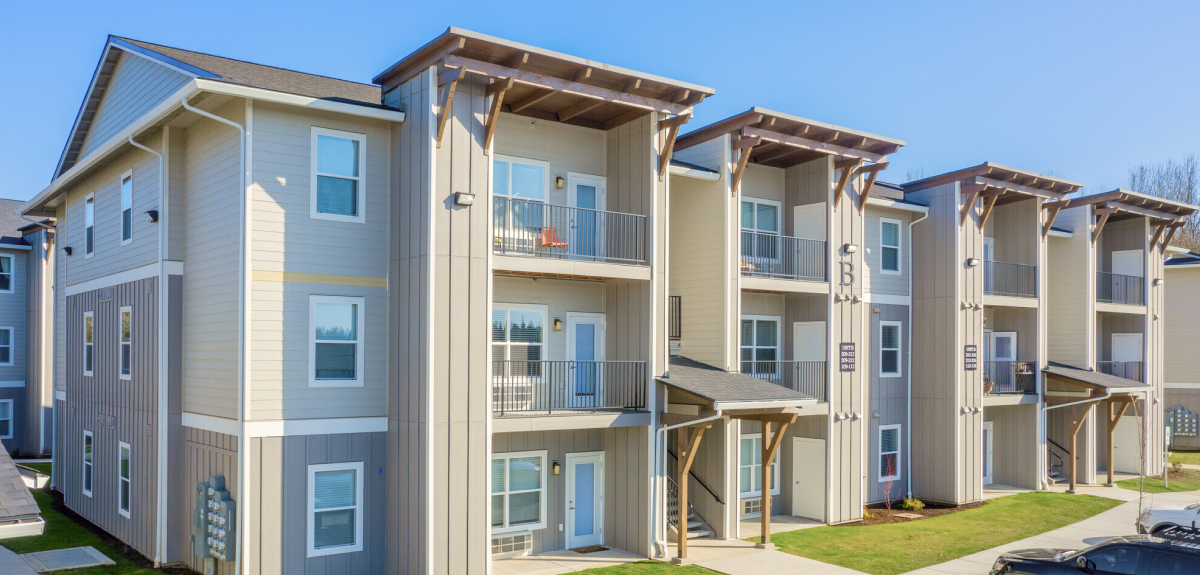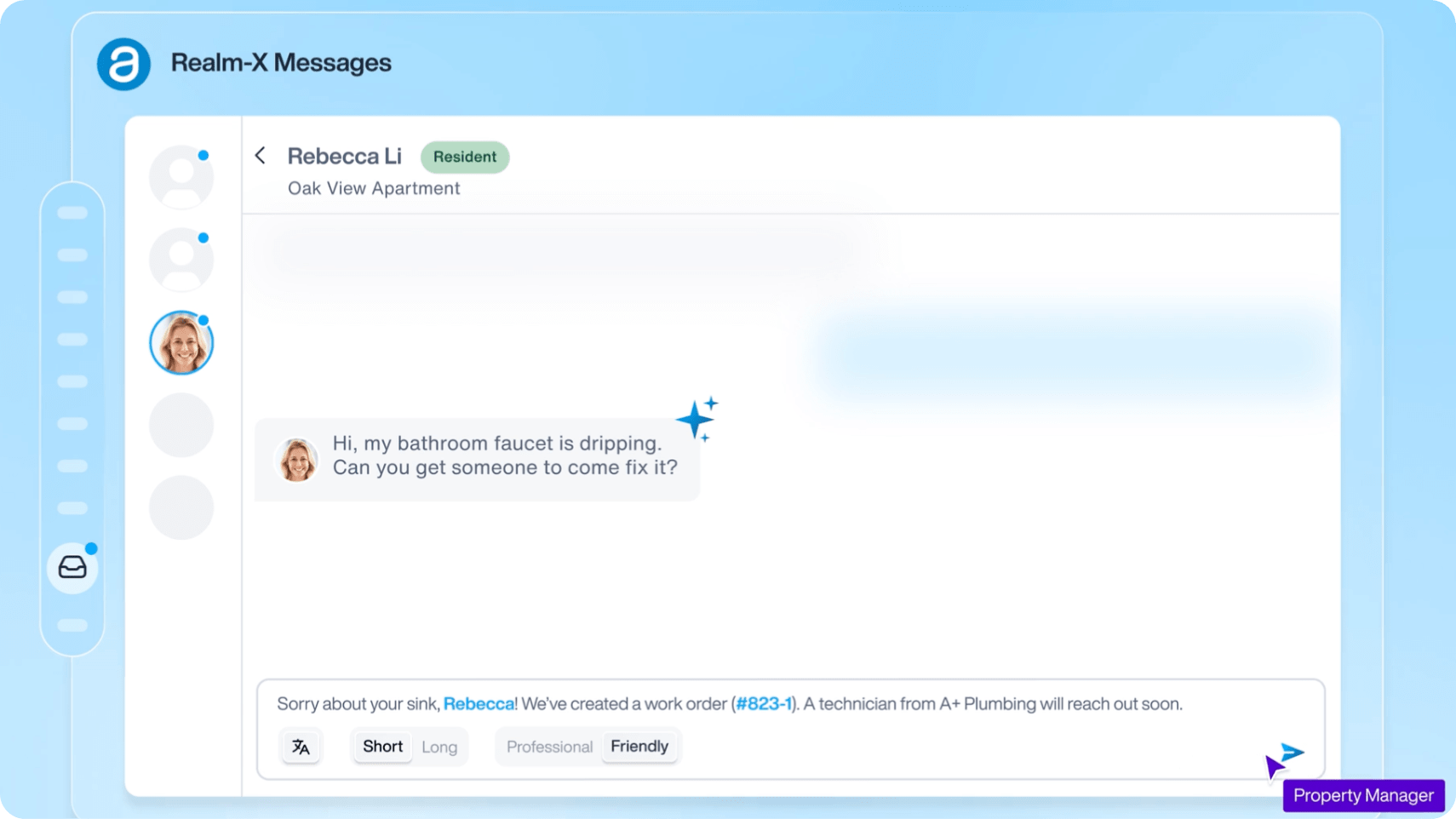Published on January 30th, 2023
By Brittany Benz
While virtual showings will never completely replace in-person tours, they’re still an incredibly effective way for leasing agents to connect with prospects and drive more revenue for your property management business.
Some of your leads, such as those moving from another area, may not be able to physically visit a unit, so virtual showings can provide the details they are looking for. If a leasing agent feels a prospect isn’t quite ready to sign a lease, a virtual showing can keep the lead engaged — without taking up valuable time that could be spent on other high-priority prospects.
However, in order to convert more leads to leases and fill vacancies with virtual showings, you need to take certain steps to ensure the experience is engaging, informative, and successful. Keep reading to learn five ways to make sure virtual showings are a success for everyone, every time.
1.) Use the right virtual showing technology
When considering virtual showing technology, it’s important to choose an option that will provide the best return on your investment and the best possible experience for both your prospects and your agents.
Video conferencing platforms like Zoom, FaceTime, and Skype are readily available and won’t make a significant impact on your budget, but that doesn’t mean they’re automatically the best choice. Platform limitations, a lack of customization, and the high likelihood that prospects will have to download and set up new apps on their devices can lead to frustration on all sides.
Instead, make the experience even better by using virtual showing tools that integrate with your existing leasing technology. Although you may have to carve out a bit more budget for these purpose-built tools up front, having the proper technology in place can create a seamless virtual showing experience from start to finish. Integrated virtual showings are also beneficial in reducing the potential for lost prospects due to technology glitches and unfamiliar interfaces.
Just remember, no matter what virtual showing technology you choose, make sure you’re using a phone or device with high-quality video and audio and that you have a strong and secure internet connection.
2.) Show off the space
As a rule of thumb, you should treat virtual showings the same as you would in-person showings. For example:
- Make sure the space is clean and tidy.
- Ensure everything is well-lit; this may require investing in mobile lighting tools, since low light can reduce video quality and make it harder for the viewer to see.
- Think about ways to spruce up the space, such as by adding indoor plants or new light fixtures.
- Grab prospects’ attention right away by starting tours in the best spaces, such as a spectacular balcony or a beautifully designed kitchen.
Once the space is set and ready to show off, give your virtual viewers the best possible angle of the space by holding the phone or device horizontally. This way, they can see as much as possible on their screen, too.
3.) Be as welcoming virtually as you would be in person
Talking on video can sometimes feel more awkward than chatting with someone in person, but rehearsing your walkthrough a few times before the virtual showing will help. When you’re ready to start the tour, make sure you come across as comfortable, welcoming, enthusiastic, and personable as you would be at an in-person showing.
In addition, your prospects may also feel awkward on camera, so try to connect with them on a personal level to make them feel at ease. Kicking off the tour with easy icebreaker questions such as “How is your day going?” and “Where are you moving from?” can help build the same human connection you’d normally initiate with in-person showings.
4.) Focus on the details
During the tour, be as descriptive as possible when showing the space and going over details. Be sure to mention any improvements, like updated appliances, marble countertops, or a new air conditioner or heater, all of which can help sell the space and drive prospects to sign a lease faster. Consider asking viewers if there are any areas of the unit they’re particularly interested in, so you can spend more time there.
No matter what you focus on in your showing, take your time by slowing down and smoothly panning over everything with your camera. It’s helpful to provide prospects with a detailed summary via email or PDF file after the tour with all of the specifics you covered so they can review anything they may have missed or forgotten to ask.
5.) Leave time for questions
When talking on camera and showing a space, it can be easy to dominate the conversation, especially when you don’t have a prospect’s in-person body language and cues to pick up on. Remember to pause to let viewers ask questions during and after the tour, and to take your time when speaking.
If prospects feel like they fully understand and know everything about the unit and community, they will be more likely to move on to the next phase of the leasing process rather than go back and forth asking questions of your team.
Next steps: Expand your virtual leasing offerings
Virtual showings can be a great way to show prospective units and fill vacancies from anywhere. With the right tools, preparation, and steps, you can ensure they’re a win-win for both your customers and your business. And, when paired with self-guided tours, you can attract additional serious leads and improve your lead-to-lease conversion.
Download this free guide for even more ways to optimize your leasing operations.










Comments by Brittany Benz